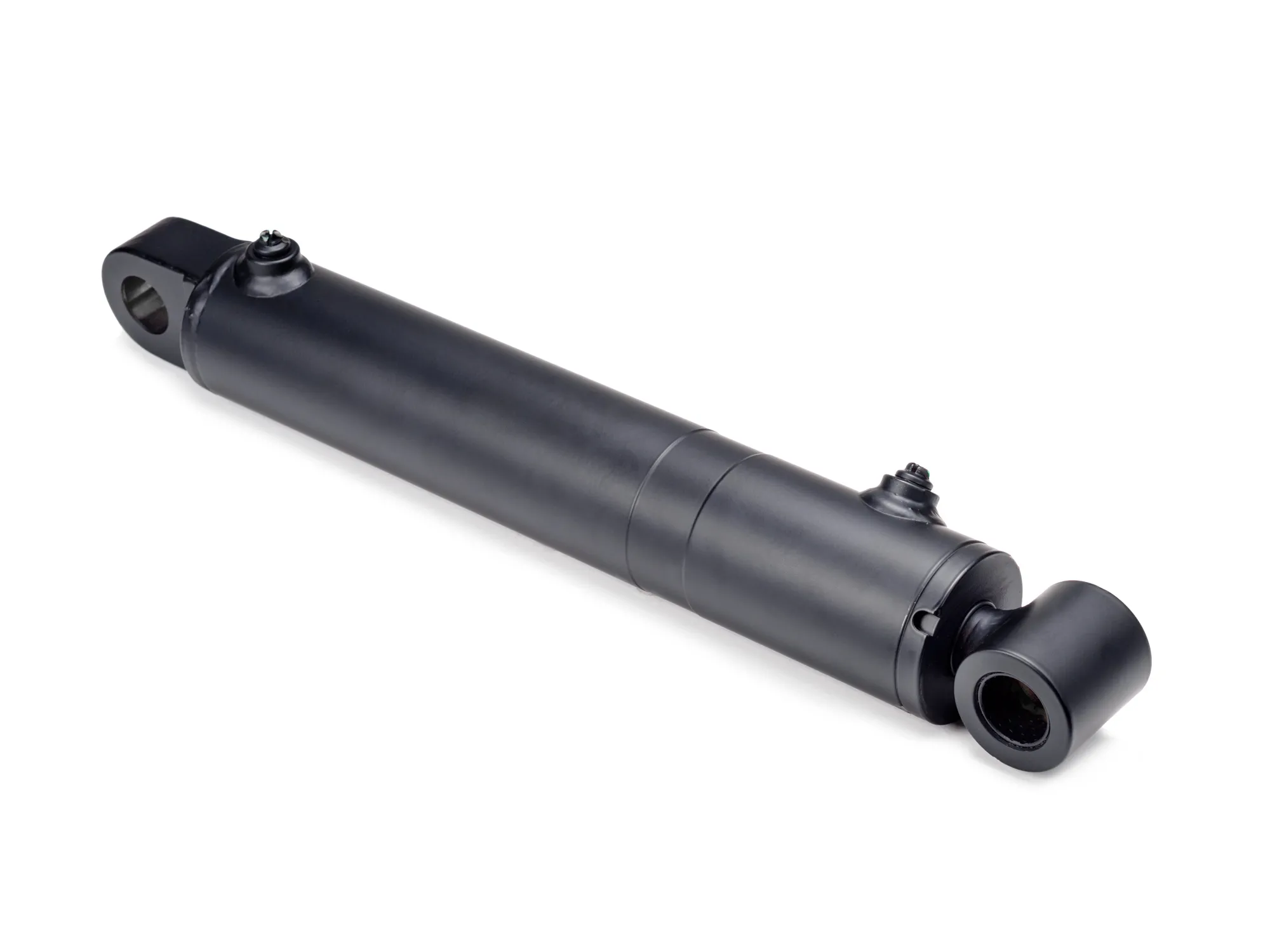
Understanding Industrial Hydraulic Cylinders
In the industrial environment, a hydraulic cylinder is a mechanical actuator that is used to provide unidirectional force through a unidirectional stroke. These cylinders are a crucial component in various industrial applications, providing power and control for machinery and equipment.
Key Components and Structure
- The main components of a hydraulic cylinder include a cylinder barrel, piston, piston rod, and seals.
- The cylinder barrel houses the piston, while the piston rod connects the piston to the machine component being moved.
- Seals are used to prevent fluid leakage and ensure efficient operation of the cylinder.
Control Cylinder Operation Overview
The basic principle of hydraulic cylinders involves the use of fluid pressure to generate linear motion. When hydraulic fluid is pumped into the cylinder, it pushes against the piston, causing it to move in a specific direction. This controlled movement allows for precise positioning and operation of machinery and equipment.
Types of Hydraulic Cylinders
There are several types of hydraulic cylinders commonly used in industrial applications, each with its own unique characteristics and uses:
1. Single Acting Cylinder
A single acting cylinder uses hydraulic pressure to extend the piston, but relies on an external force to retract it. This type of cylinder is often used in applications where gravity or a spring can provide the necessary force for retraction.
2. Double Acting Cylinder
A double acting cylinder uses hydraulic pressure to extend and retract the piston, providing bi-directional motion. This type of cylinder is versatile and widely used in various industrial settings.
3. Telescopic Cylinder
A telescopic cylinder consists of multiple nested stages that allow for a longer stroke in a compact design. This type of cylinder is often used in applications where space is limited.
4. Differential Cylinder
A differential cylinder features two pistons of different diameters, providing a mechanical advantage for heavy loads. This type of cylinder is commonly used in applications requiring high force output.
Top Five Advantages of Industrial Hydraulic Cylinders
- High force output for heavy-duty applications.
- Precise control and positioning of machinery.
- Compact design for space-constrained environments.
- Smooth and efficient operation for increased productivity.
- Durable construction for long service life and minimal maintenance.
Applications of Industrial Hydraulic Cylinders
Industrial hydraulic cylinders are widely used in various industries, including:
1. Manufacturing

In manufacturing, hydraulic cylinders are used in machinery for metalworking, plastics processing, and assembly lines to provide precise control of motion and force.
2. Construction
In construction equipment such as cranes, excavators, and bulldozers, hydraulic cylinders enable lifting, digging, and pushing operations with ease and efficiency.
3. Mining
In mining applications, hydraulic cylinders are essential for powering heavy machinery such as drills, loaders, and haul trucks, ensuring reliable performance in harsh environments.
4. Agriculture
In agricultural machinery like tractors, combines, and irrigation systems, hydraulic cylinders play a key role in controlling implements, steering, and other functions for increased productivity.
5. Other Industrial Sectors
Hydraulic cylinders are also used in industries such as aerospace, marine, and automotive for a wide range of applications requiring precise control and reliable performance.
Selecting the Right Industrial Hydraulic Cylinder
When choosing an industrial hydraulic cylinder for a specific application, factors to consider include load capacity, stroke length, bore size, mounting style, and operating conditions. Matching the performance of the cylinder to the requirements of the application is essential for optimal operation and longevity.
Maintenance and Care of Hydraulic Cylinders
Regular maintenance and care of industrial hydraulic cylinders are crucial for ensuring optimal performance and extending service life. Best practices include inspection, lubrication, and cleaning to prevent wear and maintain efficiency.
Installation Guide for Hydraulic Cylinders
Proper installation of hydraulic cylinders is essential for safe and efficient operation. Follow manufacturer guidelines for mounting, alignment, and connection to ensure the cylinder functions correctly and performs as intended.
Maintenance Tasks for Hydraulic Cylinders
1. Cleaning
Regularly clean the exterior of the cylinder to remove dirt, debris, and contaminants that could affect performance and cause damage. Use a mild detergent and soft brush to gently scrub the surface.
2. Lubrication
Apply the recommended lubricant to the seals, piston rod, and moving parts of the cylinder to reduce friction, prevent corrosion, and ensure smooth operation. Follow manufacturer guidelines for proper lubrication intervals and methods.
3. Checking Wear
Periodically inspect the cylinder for signs of wear, such as leaks, dents, scratches, or misalignment. Address any issues promptly to prevent further damage and maintain the integrity of the cylinder.
Fault Diagnosis and Common Problems
Common problems with hydraulic cylinders include fluid leaks, seal damage, piston rod bending, and cylinder misalignment. Proper diagnosis and troubleshooting techniques can help identify and resolve issues quickly to minimize downtime and repair costs.
Preventive Measures for Optimal Performance
To minimize potential problems and optimize the performance of industrial hydraulic cylinders, implement preventive measures such as regular inspection, proper maintenance, and training for operators. By taking proactive steps, you can ensure reliable operation and extend the service life of your equipment.
Choosing the Right Industrial Hydraulic Cylinder
When selecting an industrial hydraulic cylinder, consider factors such as application requirements, performance specifications, and budget constraints. By exploring these key considerations, you can make an informed decision that meets your operational needs and maximizes efficiency.
Long-Tail Keywords and SEO Articles
For industrial hydraulic cylinders, long-tail keywords such as “high-force hydraulic cylinder,” “custom hydraulic cylinder solution,” and “specialized hydraulic cylinder design” can help target specific audiences and improve search engine visibility. By creating SEO articles around these keywords, you can attract relevant traffic and showcase your expertise in the industry.
Our Company Overview
As a leading industrial hydraulic cylinder supplier, our company offers a comprehensive product line and customized solutions for various applications. With professional expertise, international certifications, state-of-the-art production equipment, and dedicated after-sales service, we strive to deliver high-quality products and support to our customers in domestic and foreign markets.
Author: lyl
